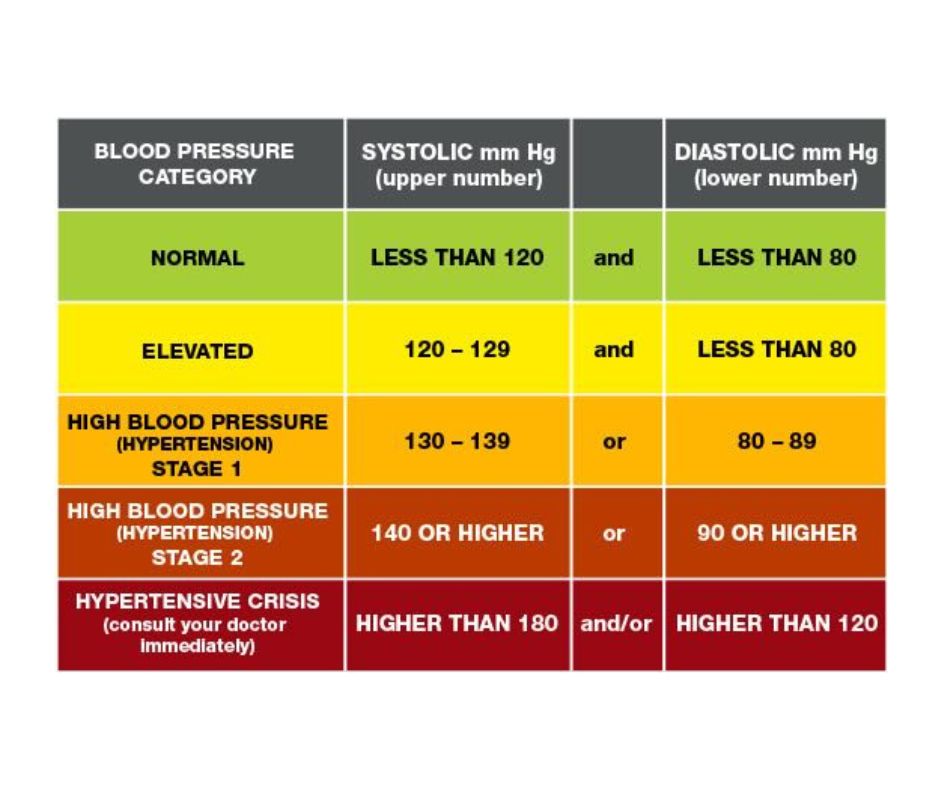
Did you know cardiovascular disease is the leading cause of death for both women and men of most racial and ethnic backgrounds in the United States?
It is heart health month so what better time to talk about how we can reduce our risks for this number one killer?
Often it cardiovascular disease is silent until a major event like a stroke or a heart attack occurs. Coronary heart disease is the most common type of heart disease. Unfortunately, heart disease does not just affect older individuals and an effective strategy for prevention can and should be started early in life.
So what can you do to help prevent heart disease?
When it comes to heart health, the key strategy really is to focus on WHOLE body health.
Many people don't realize that conditions like high blood pressure, prediabetes, diabetes, metabolic syndrome (if you want to learn more about this visit my blog post HERE), obesity (especially weight gain around the mid-section), high cholesterol and even sedentary behavior can increase our risk for cardiovascular disease.
What steps can you take to keep your heart healthy?
❌Stop smoking
❌Minimize highly processed foods loaded with sugar and fat as well as sugary beverages. In a study on mice, fructose (a type of sugar derived from corn often added in processed foods) in particular when eaten with fat caused an increased risk for type 2 diabetes as well as fatty liver disease.
❌Minimize consumption of trans fats (found in baked goods, fried fast food). Of note, if a food has less than 0.5 g per serving, it can be listed as zero!
❌ Limit salt intake to less than 2300 g/day for healthy blood pressure
❌ Limit saturated fat intake to less than 5% of calories/day (for 2000 cal diet that would be 13 g)- some sources of saturated fat are cheese, whole fat dairy, butter, meat and many highly processed foods.
❌ Don't ignore "borderline" lab results and numbers like blood pressure- they indicate a problem and why wait until borderline numbers finally reach "abnormal"? Small blood vessels in the body are damaged at micro levels even at borderline numbers.

✅ Maintain a healthy body weight- do not only use BMI as a measure. Waist circumference, body composition for fat percentage and visceral fat measurement are good ways to look deeper into risks. In my practice, I offer Inbody body composition analysis to measure some of these factors. You may have such testing in your area and it is a good adjunct to just the scale alone.
✅ Movement- The goal is 150 mins/week moderate intensity & 2 sessions muscle resistance training. Even if you can’t hit the goal right away, just get started. There are benefits to your cardiovascular health even at lower levels. An added bonus is to increase NEAT (Non-exercise associated thermogenesis) and reduce sitting for long periods of time- some ways are to stand while working, get up frequently throughout the day, take the stairs- just MOVE!
✅ Let the foundation of your dietary lifestyle be plants! If you enjoy meat, include it in small portions while also focusing on including whole grains, vegetables, fruit and more plant proteins like beans, legumes/lentils, tofu, nuts, seeds... Eat the 🌈
✅ Aim for 30-35 g fiber/day! Most Americans get 12 grams a day.
✅ Choose unsaturated fats like olive oil, avocados, nuts and seeds
✅ Increase Omega-3 fatty acid intake- small fish (to avoid too much mercury) 2 servings/week and if vegetarian, include flax seed, walnuts and chia seeds and possibly an algae oil supplement
✅ Know your numbers! Meet with your personal physician to ensure your numbers are close to optimal targets and if they are not, discuss ways to improve them.
BLOOD PRESSURE
Did you know a normal blood pressure is less than 120/80? Over time, high blood pressure damages blood vessels and increases risk not just for heart disease and stroke, but also for kidney disease and peripheral vascular disease. Consider keeping a blood pressure cuff at home to keep an eye on your blood pressure and use this chart from the American Heart Association to ensure yours is in a healthy range.

BLOOD SUGAR
For blood sugar, fasting glucose above 100 is prediabetes and over 120 is diabetes. Your physician can also check numbers like hemoglobin A1c. Often times, insulin levels, waist size and cholesterol numbers like triglycerides could start increasing before blood glucose, indicating the possibility of insulin resistance and subsequent increased risk for high blood sugar and diabetes.
CHOLESTEROL
For cholesterol numbers, fasting cholesterol panels can monitor numbers like LDL, HDL, and triglycerides. High numbers over time can lead to plaque build up within the walls of the arteries, leading to inflammation and reduced blood flow. For those with high risk family history, numbers like apolipoprotein B, lipoprotein A and hsCRP can indicate those people at higher risk.
ADDITIONAL TESTING
If you have concerns about having some of these risk factors, talk to your doctor about testing that can help assess your coronary artery plaque burden and personal cardiovascular risk with testing like Coronary Calcium CT scan and Coronary CT angiogram. It is always important to assess the risks and benefits of testing.
✅ Last but not least, work to reduce stress. Stress can worsen the above risk factors and is linked to heart disease.
As you can see, it really does take a whole body and whole lifestyle approach to help keep your heart and cardiovascular system healthy! Every day, consider small ways to make healthy choices and don't aim for perfection, just do the best you can in the moment right in front of you. It all adds up!
In health,
Richa Mittal MD
